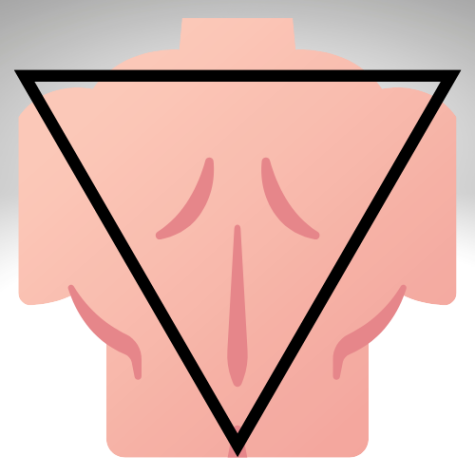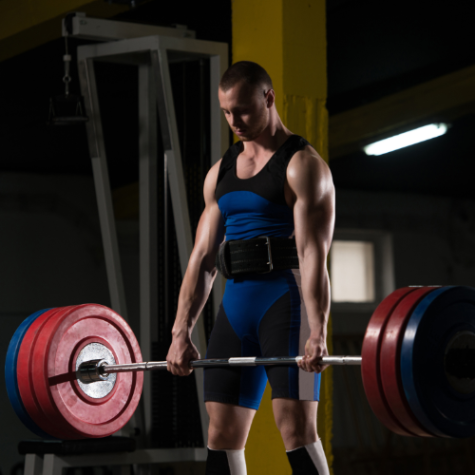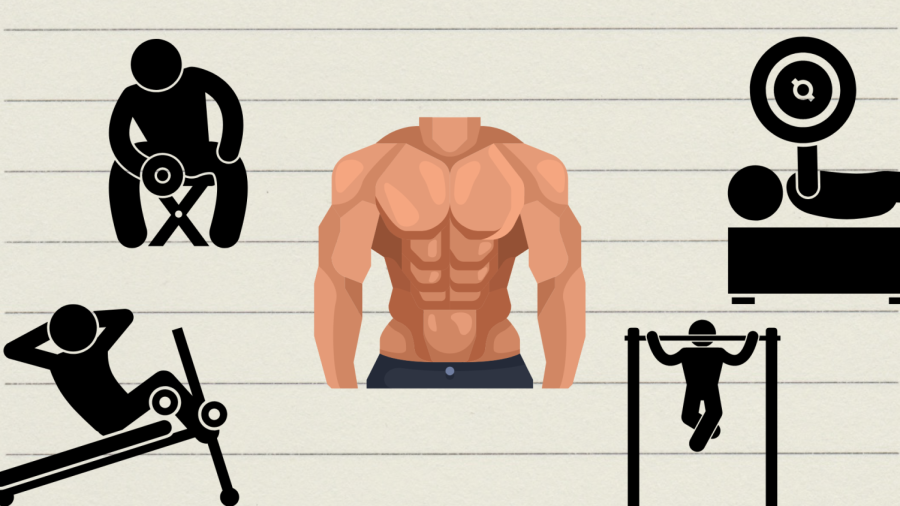OPINION:Training for Muscle VS Strength
February 14, 2023
When weight lifting there are generally 2 different ways of going about it, training for strength vs muscle. Training for strength is focusing on the strength aspect, while training for muscles focuses on looks, but that does not mean you won’t develop strength. Likewise, you will still see your muscles when focusing on strength.
While making progress in one type of training you will also develop in the other. It is mutual. If you want an aesthetic, toned body you will want to do more repetitions with a moderate weight in order to get muscular hypertrophy. That is training for muscle. But if you are going for personal records (PR’s) you’d want to focus on training for strength. Fewer repetitions and more weight for more strength.
There are dozens of benefits that come from weightlifting. One of those benefits includes sculpting your body, to get bigger arms, or a bigger chest. If you don’t like how you look you can change that. If you want to weight lift for aesthetics then training for muscle is what you’ll want to do. Putting in the work and doing the reps will let you see a difference.

Healthline.com states, “There are two types of muscular hypertrophy: myofibrillar: growth of muscle contraction parts & sarcoplasmic: increased muscle glycogen storage” (Muscular Hypertrophy and Your Workout) The article states, myofibrillar will help with strength and speed. Sarcoplasmic on the other hand will help grow and develop your muscles for more energy and stamina. Depending on your goal you can work accordingly. But to get an aesthetic body, a v-taper you will want to work on increasing muscle storage, increasing the size of your muscle cells.
Now how many sets and repetitions are ideal? With the appropriate weight, you want to be around 10 or 12 repetitions per set with 3 sets. Between each set be sure to take a breather so that your muscles are not reaching failure. Your muscles must be fatigued.
Additionally, healthline says, “Researchers found exercises that involve shortening (concentric) movements at fast-to-moderate speeds for 1-3 seconds and elongating (eccentric) at slower speeds (2-4 seconds) to be highly effective” further on, “One example of a concentric movement is raising the weight during a bicep curl to your shoulder. The return, the starting position, would be eccentric” (Muscular Hypertrophy and Your Workout)
Now when it comes to training for strength, healthline defines it as, “Training for strength involves training your nervous system to use as many muscle fibers as needed to overcome an external force. It is a neuromuscular adaptation, meaning your nervous system learns to communicate better with your muscles to produce movement and create force” (Hypertrophy Training vs. Strength Training: Pros and Cons)

Strength training, for example, would be great on your thighs if you played soccer in order to have that power to explode and run faster. Doing squats with heavy weights would help with getting powerful thighs. So when training for strength or “powerlifting” you will want to do a low amount of repetitions with a heavy weight.
An article from healthline, What’s the Difference Between Powerlifting and Bodybuilding? states, “Using heavy weights for low reps is effective for improving maximal strength, including increasing bone and connective-tissue density.” Strength training provides the best stimulus for bone and tissue growth. Additionally, powerlifting helps with overall core stability, preventing you from throwing your back out.
In conclusion, training with either one of these focuses will give you mutual progress in both. Most importantly with working out you are exercising and no matter if it’s for aesthetics or for fun you should work out for your mental and physical health.





